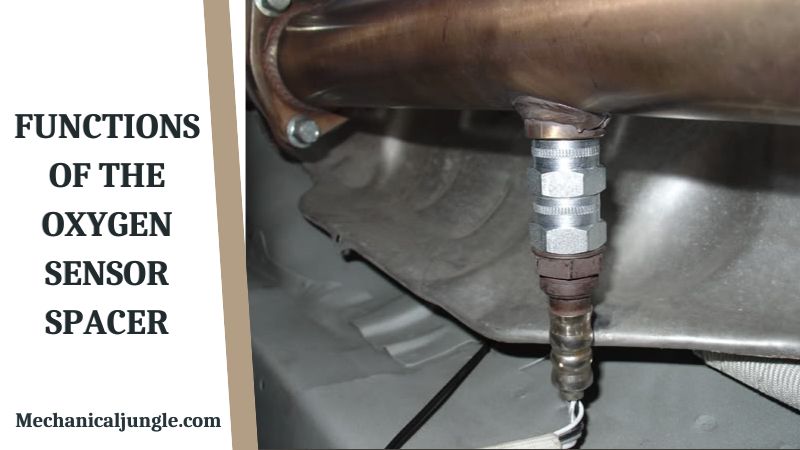Key Takeaways
- A cheap price doesn’t always mean it’s the best deal for you, as you want to consider the provider’s ratings and more before switching.
- The lowest energy rates may not mean a company is the cheapest energy provider in Dallas, as incentives and other factors may make a provider with higher rates cheaper.
- Saving on electricity goes well beyond just getting cheap energy rates. You can also lower your energy usage, further reducing your bills.
With unsettled energy rates, Dallas residents are always looking for ways to save on their electricity bills. Fortunately, Texas is a deregulated energy market, so you are free to choose your energy provider. Whether you’re a budget-conscious individual or a family trying to manage expenses, finding cheap electricity in Dallas that meets your needs is crucial.
Below, we’ll explore various tips, factors to consider, government assistance programs, and other ways to help you secure cheap electricity in Dallas. So let’s dive in and discover the secrets to reducing your electricity costs.
How Can I Find the Cheapest Electricity Rates in Dallas?
Knowledge is power when finding the cheapest electricity rates in Dallas. Look for electricity providers with competitive rates and great customer service. By comparing rates from multiple providers, you can make an informed decision based on your specific needs.
Manually finding each energy provider’s rates can be tedious, but using online comparison tools, such as Power to Choose, can streamline the process. These online tools handle the legwork and display various electricity plans side by side, so you can easily compare rates, contract length terms, and additional fees before committing.
Keep in mind that the best electricity rates may not always be the best option for you. Other factors you want to consider when choosing an energy provider include:
- Customer reviews: Finding a great Dallas electricity plan means nothing if the provider has poor reviews due to shady practices, poor customer service, billing issues, and other problems. So, finding a Dallas electricity provider with great online reviews is paramount.
- Customer service: When you have an issue, you want to know your power company is there to help. So, finding a residential electricity provider with accessible customer service is critical. Make sure to check that they have a toll-free number and look up their hours of operation to ensure you can easily communicate with them at all times.
- Contract terms: Understand the term length, all the plan details, and any early termination fees that may apply.
- Special incentive: Keep an eye out for special incentives that sweeten the pot, such as bill credits for switching, free nights, and more.
You also need to understand the types of electricity plans available in Dallas. Some Texas electricity companies have fixed-rate plans, where the rate remains constant throughout the contract. Fixed-rate electricity plans provide stable and predictable monthly bills.
The other option is a variable-rate plan, which fluctuates based on market conditions. These plans offer potential savings when energy prices are low, but they pose the risk of higher bills during peak seasons or if rates suddenly increase.
Another important consideration when hunting for the best electricity plan is your energy company’s environmental impact. Some Dallas electricity companies offer green energy plans sourced from renewable energy sources like wind or solar power. When you choose a green energy plan, you’re helping reduce your carbon footprint and supporting sustainable energy practices in the Dallas area.
Are There Any Tips for Reducing Energy Costs in Dallas?
Finding cheap electricity in Dallas is one way to lower your overall electricity bill, but you can further reduce your costs by regulating your monthly usage.
Conducting a home energy audit is one effective way to reduce electricity use, which can help you identify areas where you’re wasting energy and provide solutions to address these inefficiencies. Some utility companies offer free or discounted energy audits, so always ask about this service when shopping for a new Dallas energy provider.
Here are some other ways you can proactively reduce your energy costs:
- Invest in energy-efficient appliances: Upgrading from older appliances with high energy needs to newer, more energy-efficient appliances may require an initial investment, but it pays off over time. When shopping for new appliances, look for products with the Energy Star label, which are designed to consume less energy.
- Unplug electronics when not in use: Many devices draw power even when they’re turned off. Habitually unplug electronics or use power strips you can easily switch off when not in use to reduce the idle power drain.
- Maintain your HVAC system: Regular heating, ventilation, and air conditioning (HVAC) system maintenance helps it operate more efficiently. Clean or replace air filters regularly and consider installing a programmable thermostat to optimize energy usage.
- Seal windows and doors: Air leaks can significantly impact your energy consumption. Installing weatherstripping or caulking around windows and doors prevents drafts and helps keep your home energy-efficient. In fact, you can save up to 15% on heating and cooling costs just by ensuring your home is well-sealed.
- Take advantage of natural light: Open curtains and blinds during the day to use natural light to illuminate your home. This reduces the need for artificial lighting and can lower your electricity usage.
- Adjust your water heater temperature: Lowering your water heater temperature can result in substantial energy savings. You should target around 120 degrees Fahrenheit and consider insulating your water heater to minimize heat loss. This can save you $36 to $61 per year compared to setting it at 140 degrees.

Find out why over half a million Texans trust Just Energy!
Are There Government Assistance Programs or Incentives to Reduce Electricity Costs in Dallas?
Yes, Dallas has government assistance programs to support people struggling with electricity costs.
The Low-Income Home Energy Assistance Program (LIHEAP) offers low-income households financial assistance to help cover their energy bills. This program can also help in an energy crisis and with weatherization and energy-related household repairs. It’s worth researching the eligibility criteria and application process to see if you qualify for this program.
Some electricity providers offer homeowners incentives or rebates for energy-efficient upgrades or participation in energy-saving programs. Check with your provider or explore online resources for any available programs that can further reduce your electricity costs.
Texas also offers tax credits at a state level, including 30% (up to $600) of the cost to install an energy-efficient air conditioner or heating system.
Finally, Texas has initiatives to promote renewable energy sources, such as solar and wind power. By investing in solar panels, solar water heaters, and wind turbines for your home, you may be eligible for a tax credit worth up to 30% of the cost of installing these systems.
Can Time-of-Use or Off-Peak Electricity Plans Save Money?
Yes, time-of-use or off-peak electricity plans can help save money on your electricity bill. These plans offer lower rates during specific times of the day when overall energy demand is lower. By managing your energy usage to leverage off-peak hours, you can maximize savings.
However, you want to consider your household’s energy consumption habits before selecting a time-of-use plan. If you use the most energy during peak hours, this plan may require significant shifts in your daily routine to see any savings.
For example, you may have to shift the running major appliances, such as washing machines, dryers, and dishwashers, to off-peak times to see significant savings over time. If your household can commit to these changes, then you’re a great fit. But if you have any doubts about making these changes, you may want to stick with a fixed-rate plan.
It’s also worth noting that you may be able to find service providers offering incentives or rebates for customers who enroll in time-of-use plans. These incentives may make it worthwhile to switch to a time-of-use electricity plan. Check with prospective utility providers about additional benefits they can offer by opting for a time-of-use plan.
What Are the Average Electricity Rates in Dallas?
Electricity rates in Dallas vary depending on your energy consumption, chosen electricity plan, and more. When hunting for cheap electricity in Dallas, it’s always a good idea to know what the average rates are as a jumping-off point.
As of August 2024, the average Dallas electricity rate is 13.6 cents per kilowatt-hour (kWh). Your actual electricity prices will vary.
What Are the Best Strategies for Budget-Friendly Electricity Usage in Dallas?
Energy usage plays a huge role in saving on energy costs in Dallas. Some budget-friendly electricity usage strategies include:
- Be mindful of peak hours: Understand when electricity rates are higher and limit your energy consumption during those times.
- Practice energy conservation: Turn off lights when leaving a room, unplug chargers after use, and make conscious efforts to conserve energy in your daily routines.
- Keep track of your energy usage: Monitor your electricity usage regularly to identify any unusual spikes or areas where you can further reduce consumption.
- Explore energy-saving technologies: Consider investing in technologies like smart thermostats or smart power strips to help monitor and control your energy usage more efficiently.
How Do I Avoid Common Pitfalls When Searching for Cheap Electricity in Dallas?
Shopping for cheap electricity service in Dallas isn’t always straightforward, and you can run into a few pitfalls along the way. Some of the more common pitfalls to avoid include:
-
- Not thoroughly reading the terms and conditions of an electricity plan: Pay close attention to the contract terms, rates, fees, and any potential penalties. Read the terms in full and ask questions about anything you’re unsure of or don’t understand.
- Overlooking customer reviews and ratings: Give yourself ample time to research the provider’s reputation, customer service, and overall customer satisfaction. You don’t want to sign up for a new provider that ends up being a nightmare to deal with.
- Failing to consider your energy consumption habits: Some people will impulsively choose a time-of-use plan because the lowest rate is cheap. But if you don’t understand your energy usage patterns, you may not realize you’ll never maximize the potential savings. Always review your usage patterns when considering a time-of-use electricity plan.
- Not exploring all available options: Don’t settle for the first cheap plan you come across. Compare rates and offerings from multiple providers to secure the best deal.
Switch Plans Anytime, With Zero Fees
Say goodbye to restrictions and hello to freedom. Switch your plan anytime, at zero cost, and discover the perfect energy fit for your lifestyle.
Finding Cheap Electricity Is Just One Step Toward Lower Energy Bills
While finding cheap electricity in Dallas is a big step toward minimizing your electricity bill, it’s only one step. You must also consider a wide range of other factors, such as provider reputation, ratings and reliability, and your household energy usage.
With these insights, you’re equipped to navigate the world of Dallas’s deregulated electricity market and make an informed decision. Check out what great electricity rates you can get in Dallas online at Just Energy.
Brought to you by justenergy.com
All images licensed from Adobe Stock






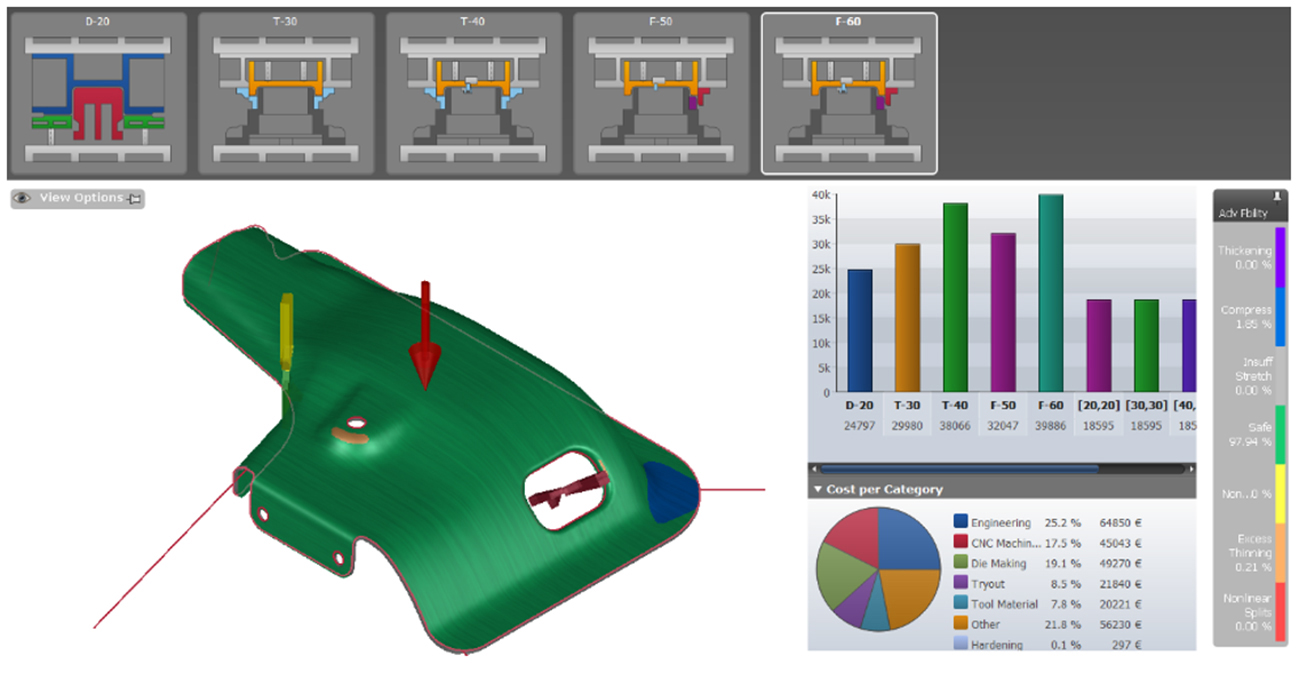
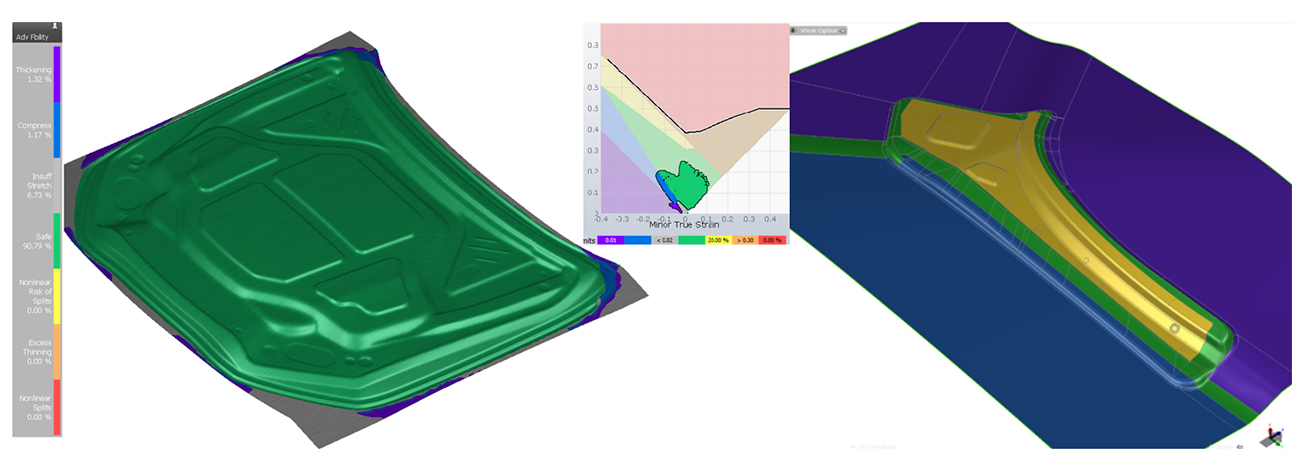
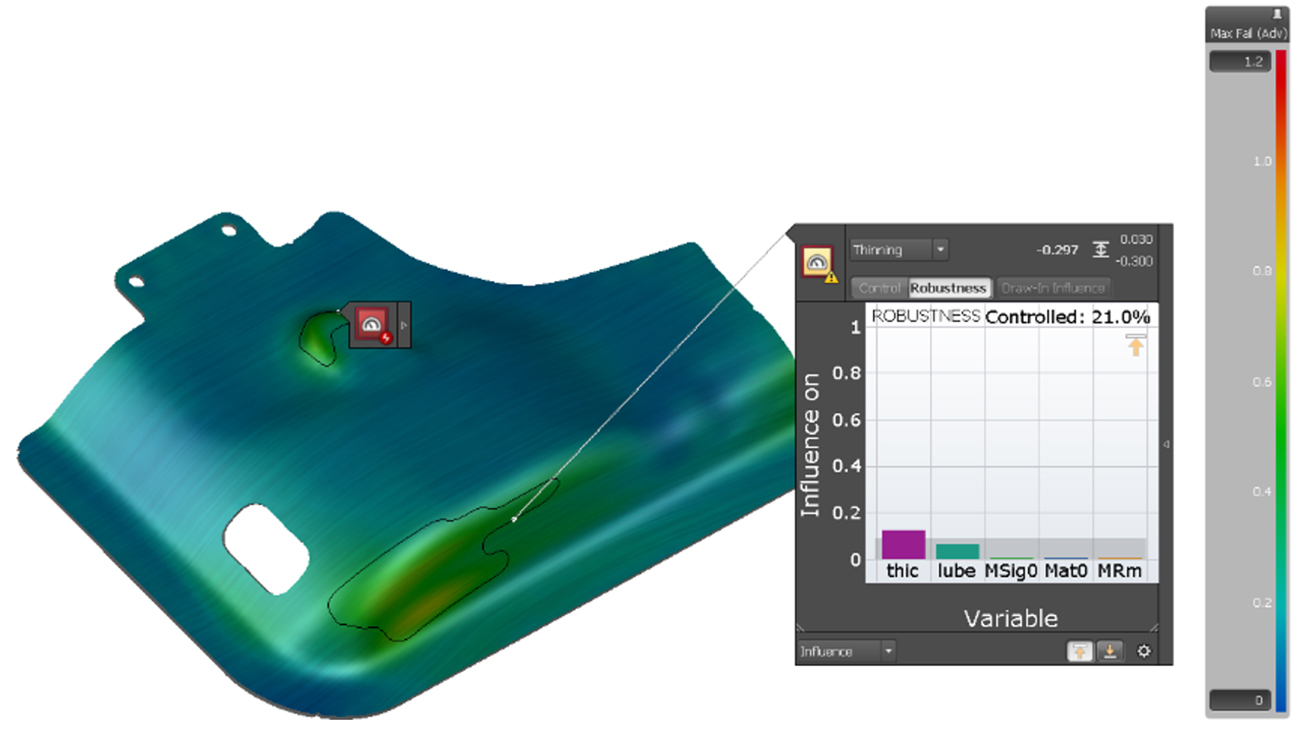
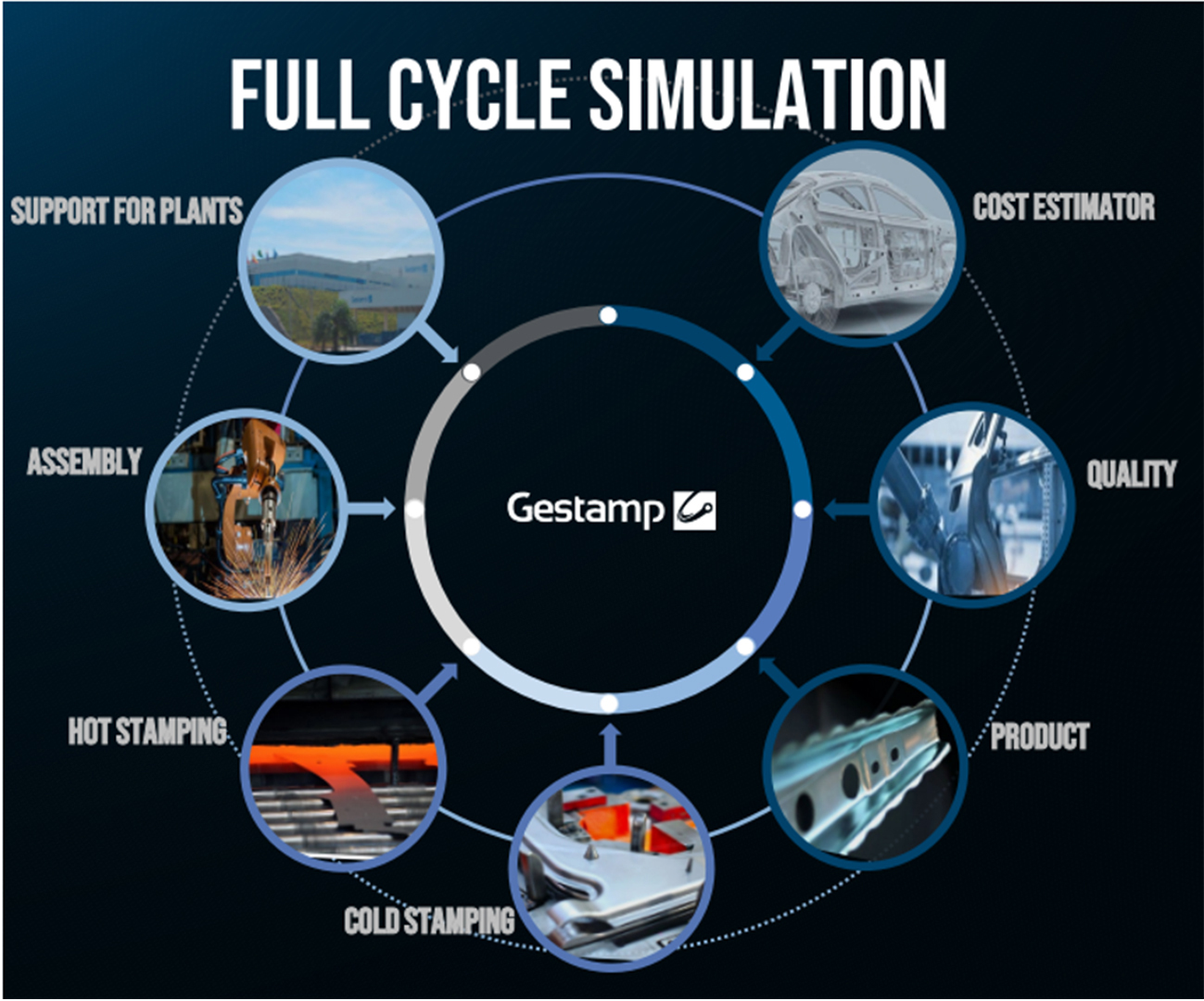


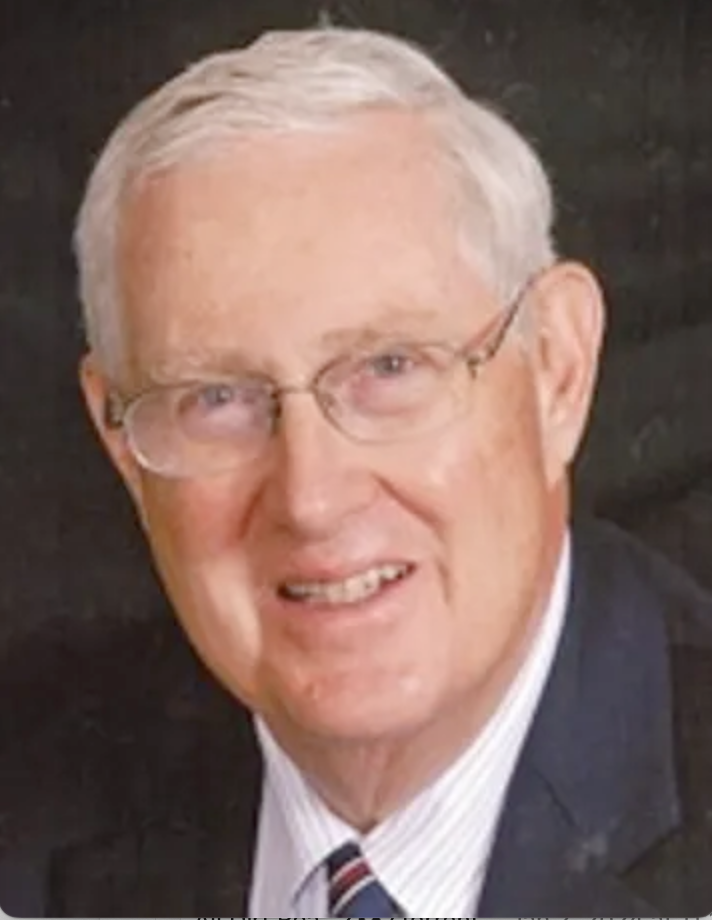 Following his college graduation, Gary worked in the Research Laboratory of Delco Appliance Div. of General Motors, and in addition took graduate courses in mathematics at the University of Rochester (UR). In 1959 he was awarded a fellowship by General Motors to pursue a PhD program. Most important, in 1959 he and Gwenyth Caccamise of Rochester began their married life, a life filled with love and blessings of a large and wonderful family. They have 4 children, Gregory (Jan) of Syracuse, Mark (Karen) of Pittsford, Lisa of Bethesda, MD and Peter of Rochester. In addition, they have 11 grandchildren.
Following his college graduation, Gary worked in the Research Laboratory of Delco Appliance Div. of General Motors, and in addition took graduate courses in mathematics at the University of Rochester (UR). In 1959 he was awarded a fellowship by General Motors to pursue a PhD program. Most important, in 1959 he and Gwenyth Caccamise of Rochester began their married life, a life filled with love and blessings of a large and wonderful family. They have 4 children, Gregory (Jan) of Syracuse, Mark (Karen) of Pittsford, Lisa of Bethesda, MD and Peter of Rochester. In addition, they have 11 grandchildren.












